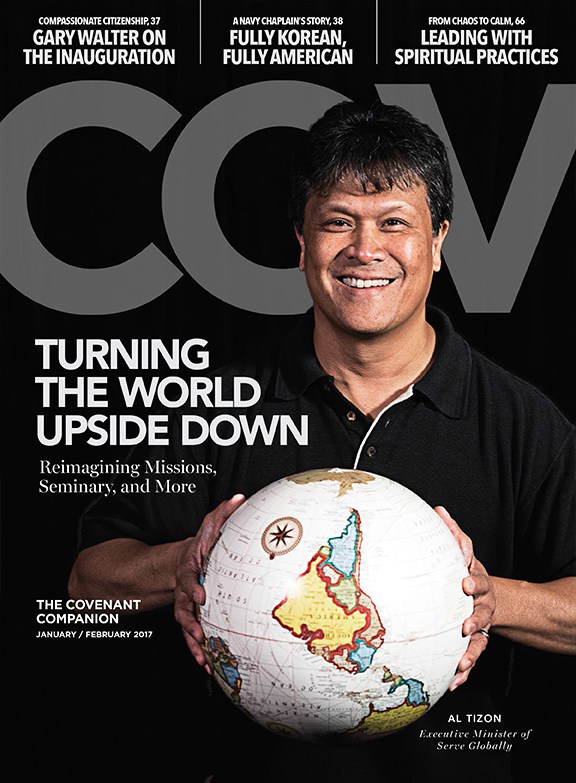
I am going in this column where angels fear to tread.
For a long time the Cyrus text in Isaiah 45 has pushed the edges of my interpretive integrity. So bear with me as one Christian tries his hand and mind in thinking about some uncommon instances of human endeavors by some common humans. They might, in the end, be a work of God in a way similar to the work of Cyrus, although as of now, at least, not on the same scale.
In October 539 BC Cyrus defeated the Babylonians and his troops took control of the city. He was welcomed as a man of peace and he showed religious tolerance. For our purposes we focus on an edict Cyrus issued permitting the captive Jews to return to Jerusalem and restore the temple with his support.
In Isaiah 45 Cyrus is designated, of all things, the Lord’s anointed (a messianic title) and shepherd. Then this: “I call you by your name, I surname you, though you do not know me. I am the Lord, and there is no other; besides me there is no god. I arm you, though you do not know me, so that they may know, from the rising of the sun and from the west, that there is no one besides me; I am the Lord, and there is no other” (4b-6). Twice in this chapter God says that Cyrus does not know him but yet he is God’s anointed.
I was reading about people doing courageous and ingenious work in peacemaking in northern Kenya where tribal conflict had a long and violent history. Twin sisters Monica Kinyua and Jane Wanjiru Kinyua founded the Children Peace Initiative Kenya to end tribal fighting by creating opportunities for friendships between children from the different tribes.
Maybe God is more at work in his world than we think, or maybe our understanding of God’s work is too religious.
With a grant from Rotary Foundation sponsored by Rotarians in San Diego and Nairobi, the sisters held a peace camp in one of the most dangerous areas of northern Kenya, where only a few years earlier forty police officers had been killed while investigating cattle rustling.
For five days students and teachers from the Turkana and Samburu tribes were involved in group activities designed for them to get to know each other. At the end of the camp, each child was encouraged to make a friend from a differing tribe.
The Children Peace Initiative then sponsored events where the children invited their parents to meet their new friends from different communities. Before this, the conflict resolution had often consisted of armed negotiation. But this camp idea was a first: children directly involved in conflict resolution. And it continues with children coaching parents.
And a child shall lead them. Should this story surprise us who read the Bible? I think not. Are the twins a modern Cyrus?
But back to my introduction. Cyrus did not know God, yet he was anointed to free God’s people to return home and restore the temple. Does the Cyrus text give us reason to hope that God has other Cyruses at work, even those who do not know his name? Are peacemakers who take great personal risks to stop bloodshed, to start conversations that can lead to first reconciliation, are these people modern Cyruses without knowing it? And without our knowing it?
Maybe we are too quick to give it a secular and not a theological interpretation. Maybe God is more at work in his world than we think, or maybe our understanding of God’s work is too religious.
Cyrus has made me a reader of events locally and globally and has shown me how myopic my view had been and how daring the Bible can let us become.

Don’t forget about God’s “servant” Nebuchadnezzar or Caesar Augustus who arranged for Mary and Joseph to be in Bethlehem at the right time. In another angle, how many of our prayers require God to be working in non-believers in order to fulfill those prayers.
Wonderful! Eye opening. Thought-provoking. Thank you, John Weborg.
Thank you for this insightful word. Reminded that God moves who and what he needs to accomplish his purposes. He is a mighty God. I often jokingly say, we look for his truth and movement in the most inane places — i.e. Baalam’s donkey! The earth is His chess board – both sides.